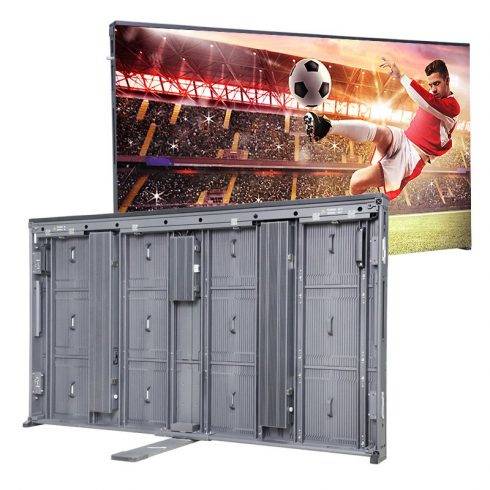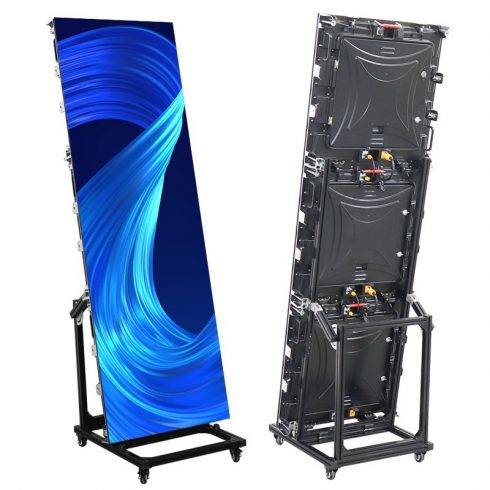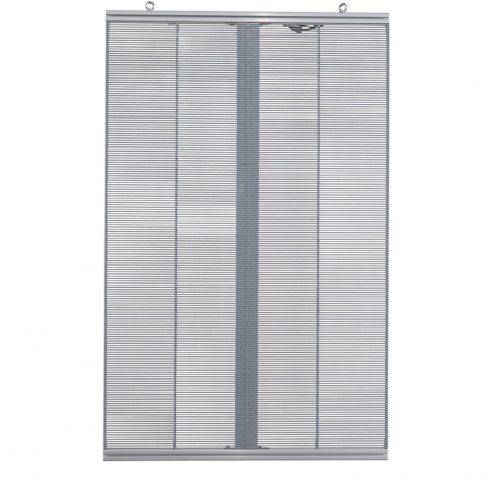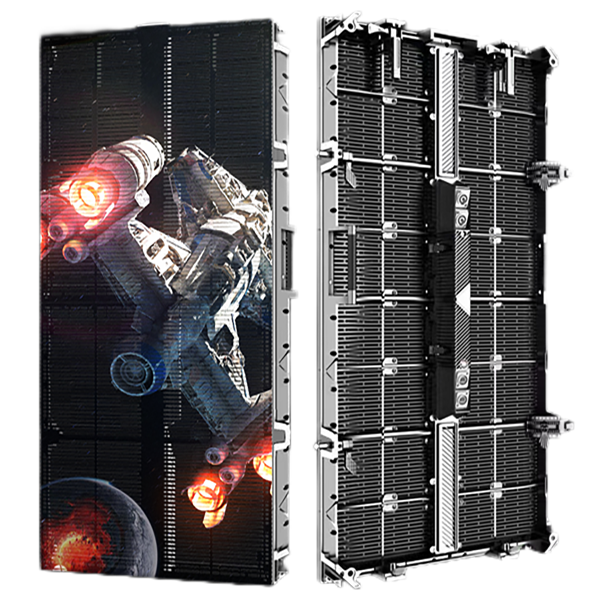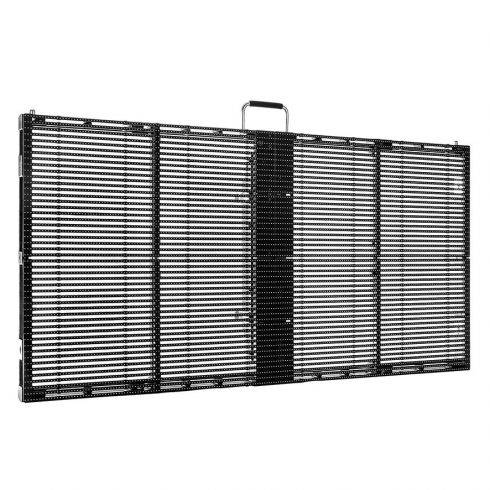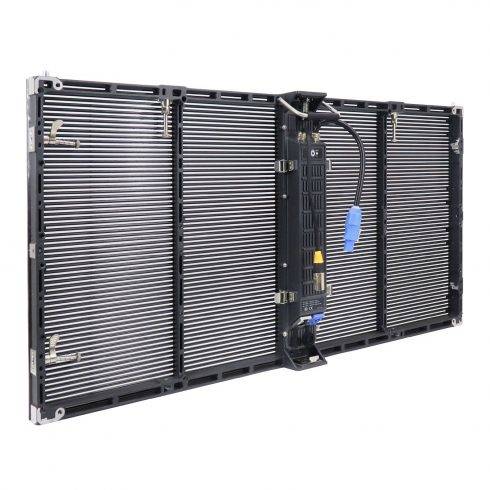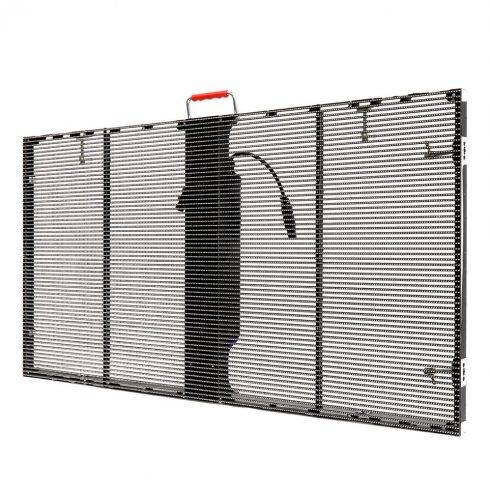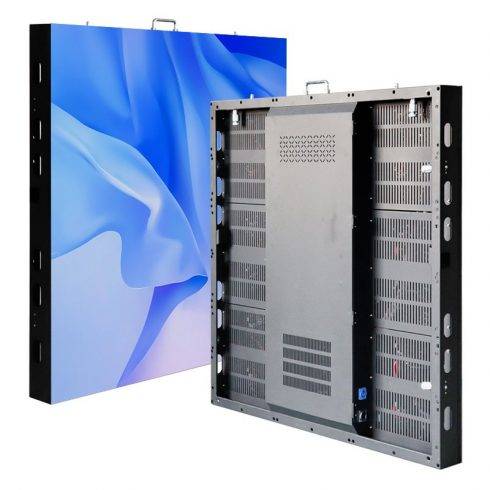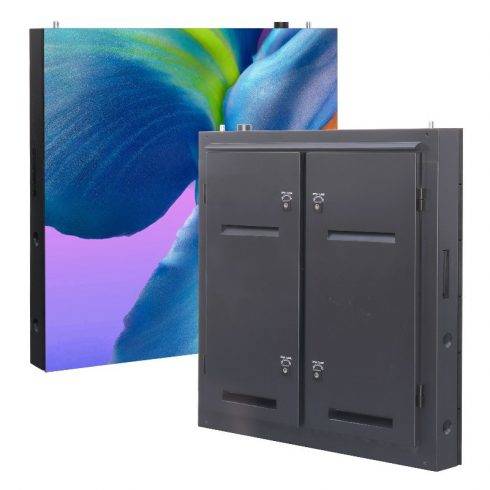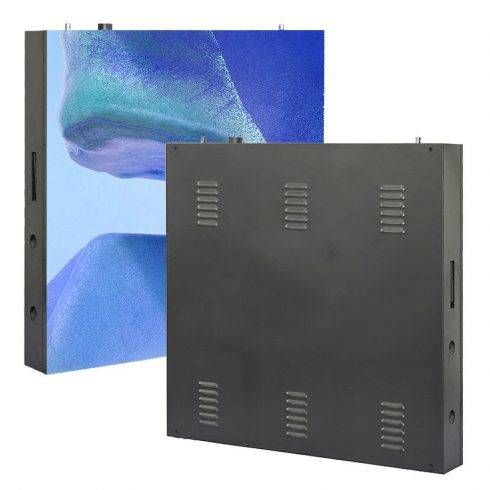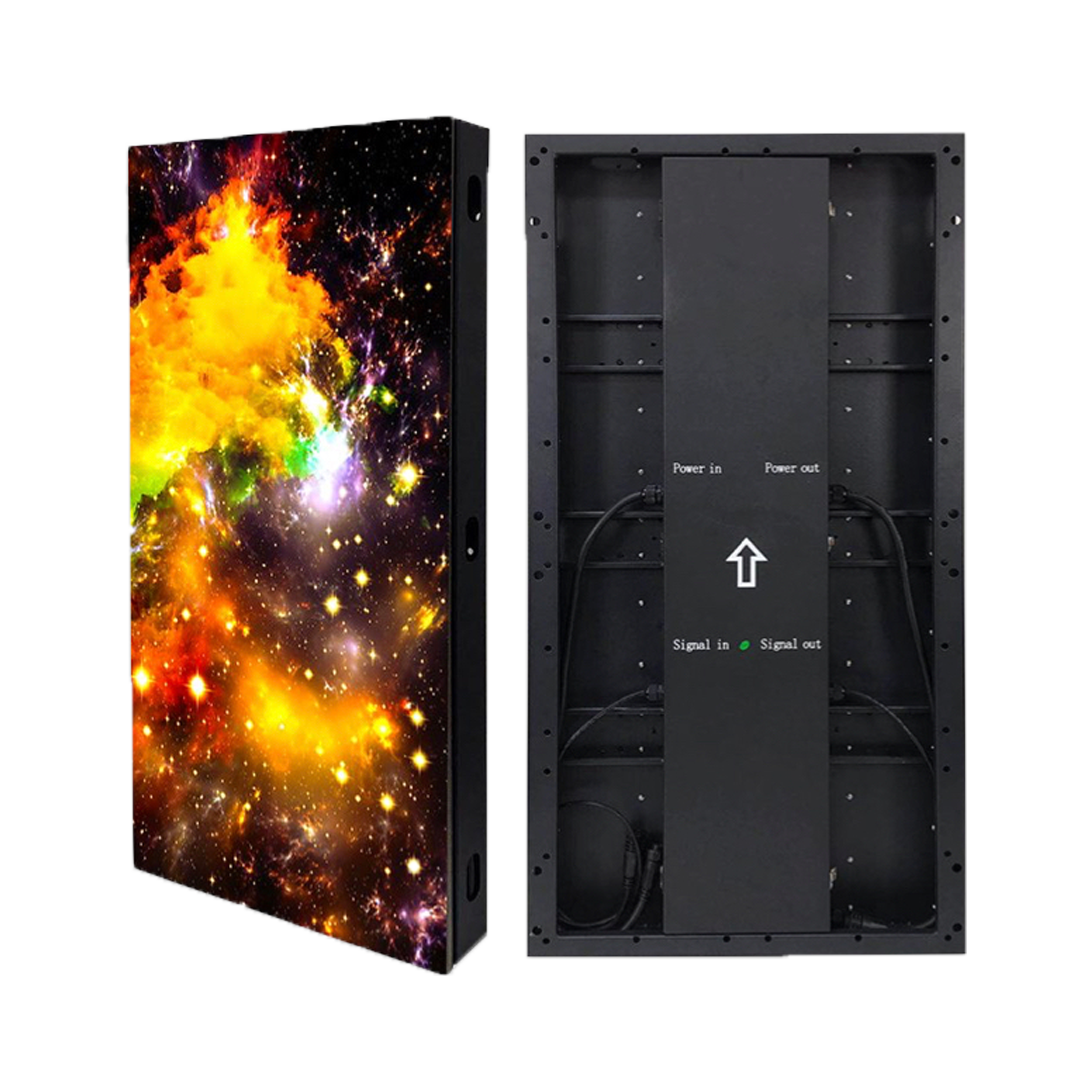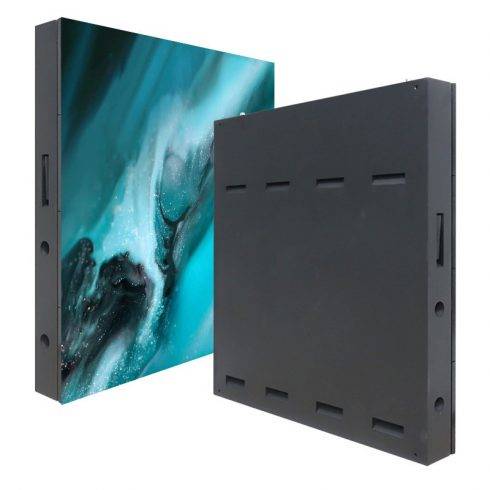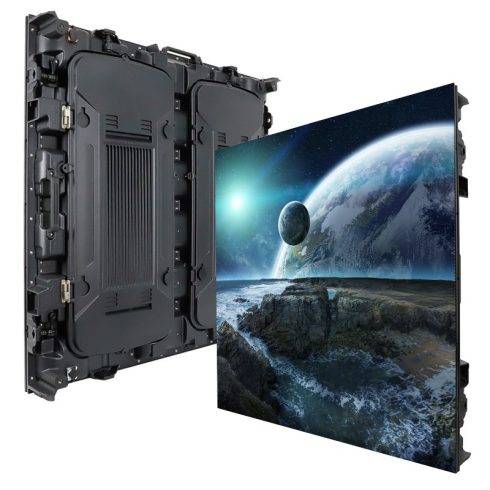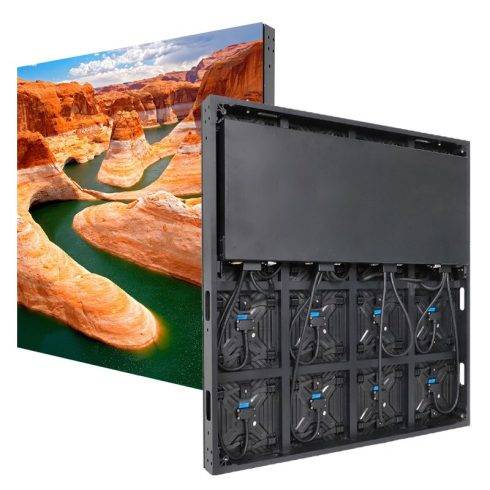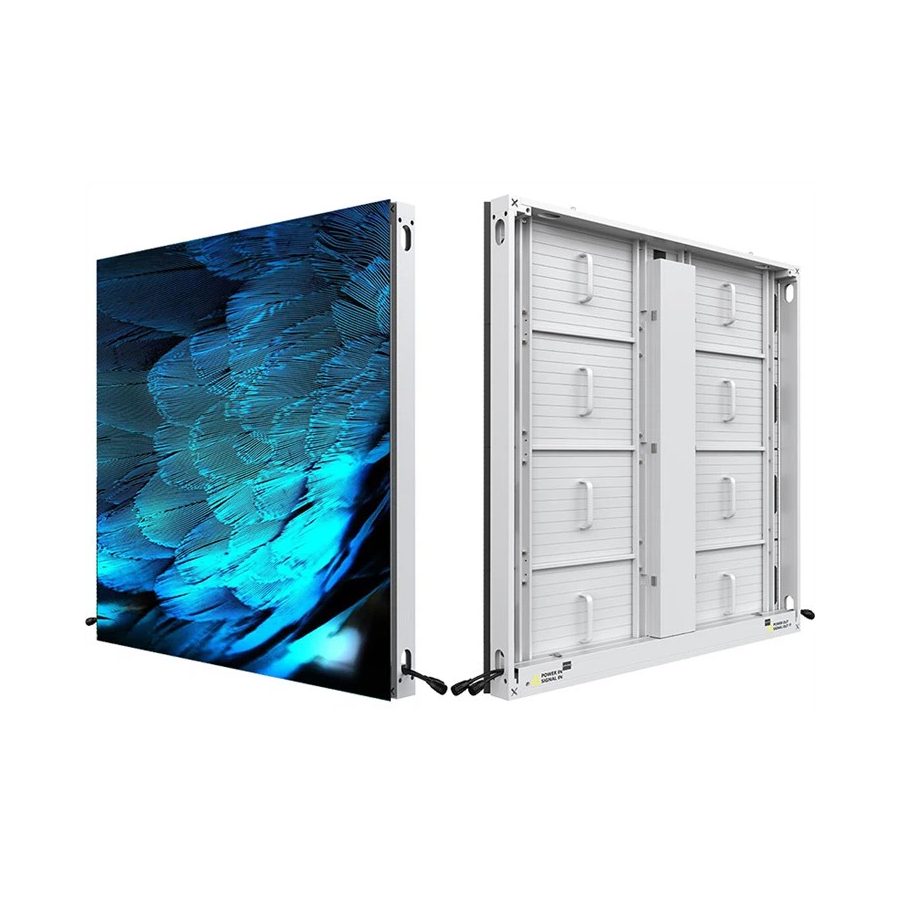Introduction
Outdoor LED signs have become a staple in modern advertising, communication, and visual art. Visible from significant distances and capable of displaying dynamic, high-definition content, these signs are ideal for capturing attention in bustling cityscapes, highways, and public spaces. Outdoor LED signs, often seen on billboards, building facades, and storefronts, have rapidly evolved with advancements in technology, becoming a preferred medium for businesses, municipalities, and artists alike. This paper examines the benefits, installation considerations, and creative uses of outdoor LED signs, highlighting their potential to shape urban environments and enhance communication.
Benefits of Outdoor LED Signs
- Visibility and Attention-Grabbing Power: Outdoor LED signs offer unmatched visibility. Their brightness and color intensity allow them to stand out in various lighting conditions, including direct sunlight, dusk, and nighttime. LEDs can display content in high resolution, creating vivid visuals that catch people’s attention from far away. This capability is invaluable for businesses, events, and public announcements, as clear communication in busy areas is crucial.
- Dynamic Content Flexibility: Unlike static signs or posters, LED signs can display a wide array of content formats, including videos, images, animations, and text. This flexibility allows users to change messages frequently without incurring the additional printing or material costs associated with traditional signage. Dynamic content can be scheduled, offering advertisers and organizations the opportunity to tailor messages based on time of day, audience demographics, or other specific factors, maximizing relevance and engagement.
- Cost-Effectiveness Over Time: While LED signs may initially be a more substantial investment than traditional signs, they often pay for themselves through their durability and low maintenance needs. LED lights are energy-efficient, consuming less power than neon or fluorescent lights. Additionally, their longevity reduces the need for frequent replacements, minimizing both maintenance costs and downtime. LED technology’s durability, including resistance to weather and environmental conditions, makes these signs particularly well-suited for outdoor use.
- Real-Time Updates and Adaptability: With digital connectivity, content on LED signs can be updated in real time. This feature is particularly beneficial for broadcasting urgent messages, such as emergency alerts, traffic updates, or weather warnings, which need instant dissemination. For advertisers and event organizers, this adaptability ensures that information is always current and relevant. LED screens can also be remotely managed, allowing for easy scheduling and modifications without requiring physical presence.
- Environmental Impact: LED signs are not only energy-efficient but also generally require fewer materials and resources than traditional signage, making them a more sustainable option in the long run. LEDs have a longer lifespan, reducing the frequency of replacements and, consequently, the waste associated with outdated signage. Additionally, LED signs are recyclable and often produced with environmentally friendly materials, aligning with efforts to reduce the carbon footprint of digital advertising and urban installations.
Installation Insights for Outdoor LED Signs
Installing outdoor LED signs is a process that requires careful planning and adherence to technical standards to ensure performance, safety, and longevity. Key considerations include:
- Site Selection and Structural Considerations: Choosing the right location for an outdoor LED sign is essential to maximize visibility and impact. This decision depends on factors such as traffic patterns, viewer distance, and viewing angle. Structural stability is critical, particularly for large installations exposed to the elements. Mounting structures must be able to withstand wind, rain, and other environmental stresses. Installation teams typically work with engineers to ensure that signs are securely and safely installed.
- Power and Connectivity Requirements: LED signs require a steady and reliable power source to operate consistently. It is crucial to assess power availability at the installation site and, if necessary, work with electrical contractors to ensure the infrastructure supports the sign’s energy needs. Connectivity is equally important for digital signage, particularly when content needs regular updates or remote management. Many signs utilize internet or cellular connections to enable seamless updates and data transfer.
- Weatherproofing and Durability Measures: Outdoor LED signs must be designed to endure diverse weather conditions, from extreme heat to heavy rain and snow. Manufacturers use materials like weather-resistant coatings and enclosures to protect against water, dust, and temperature fluctuations. LEDs themselves are resilient in extreme conditions, but protecting components like power supplies, circuit boards, and cabling is crucial. Regular maintenance is recommended to ensure that weatherproofing remains effective and that the sign continues to operate optimally.
- Compliance with Local Regulations: Many cities and municipalities have regulations governing the installation and use of outdoor LED signs, particularly regarding size, brightness, and location. Excessive brightness or obtrusive positioning can pose risks to drivers and disrupt residential areas. Compliance with these regulations is essential to avoid fines or forced removal. Consulting with local authorities and obtaining necessary permits are essential steps in the installation process, ensuring that the sign operates within legal and safety boundaries.
- Content Management Systems (CMS): Managing the content displayed on LED signs requires a robust content management system. Modern CMS platforms allow operators to upload, schedule, and control content remotely, which is especially useful for signs located in hard-to-reach areas. A CMS with user-friendly interfaces and content scheduling capabilities simplifies content management, enabling dynamic and responsive messaging without on-site intervention.
Creative Uses of Outdoor LED Signs
Beyond traditional advertising, outdoor LED signs offer versatile creative possibilities, enabling innovative uses in public spaces, art installations, and social engagement initiatives.
- Interactive Art Installations: Many artists and cities have embraced outdoor LED signs as a canvas for digital art. These installations can add vibrancy to urban landscapes and offer a platform for creative expression. LED screens allow artists to display moving visuals, animations, and even interactive pieces that respond to viewers’ movements or actions. In cities like Tokyo and New York, large LED screens have become iconic art platforms, adding a dynamic visual dimension to urban areas.
- Public Service and Community Engagement: Outdoor LED signs can serve as powerful tools for community engagement, broadcasting essential information such as weather updates, public service announcements, event schedules, and emergency alerts. Digital signage in public transportation hubs, city squares, and community centers makes information more accessible to residents and tourists. LED signs can also host interactive content that encourages community involvement, such as voting on public matters or participating in live polls.
- Corporate and Brand Storytelling: Outdoor LED signs offer companies a unique way to showcase their brand stories and connect with customers on a deeper level. Rather than just displaying static ads, brands use digital billboards to feature creative storytelling content, including brand histories, community initiatives, or customer testimonials. LED screens’ ability to feature video, animation, and sound creates an engaging, multisensory experience, leaving a lasting impression on viewers.
- Live Event Broadcasting and Sports Venues: Outdoor LED signs are commonly used for live broadcasts and replays in sports stadiums and arenas, enhancing the spectator experience. During major events, LED screens outside stadiums or in public viewing areas allow fans to experience the event even if they aren’t inside the venue. Similarly, LED signs can display live feeds or updates in parks or other public spaces, bringing people together to share cultural moments and major sports events.
- Augmented Reality (AR) Experiences: LED screens are increasingly used in conjunction with AR technology to create immersive experiences. For example, some advertising campaigns feature AR elements that allow viewers to see a transformed reality through mobile devices or wearable AR headsets. This combination has brought to life interactive, memorable campaigns that engage people in ways static displays cannot. In retail spaces, LED displays integrated with AR elements provide customers with unique, customized experiences.
Conclusion
Outdoor LED signs are transforming public spaces and providing new avenues for engagement, creativity, and communication. With their ability to display dynamic content, withstand environmental challenges, and reach vast audiences, LED screens are invaluable for businesses, artists, and communities alike. These signs have brought new vibrancy to urban environments, offering a mix of practical functionality and creative potential. As LED technology continues to advance, outdoor signage will likely play an even larger role in shaping our visual landscape, driving brand innovation, public engagement, and artistic expression in exciting new directions. The enduring appeal and versatility of LED signs affirm their role as a powerful tool in modern communication and an essential component of the digital age.







